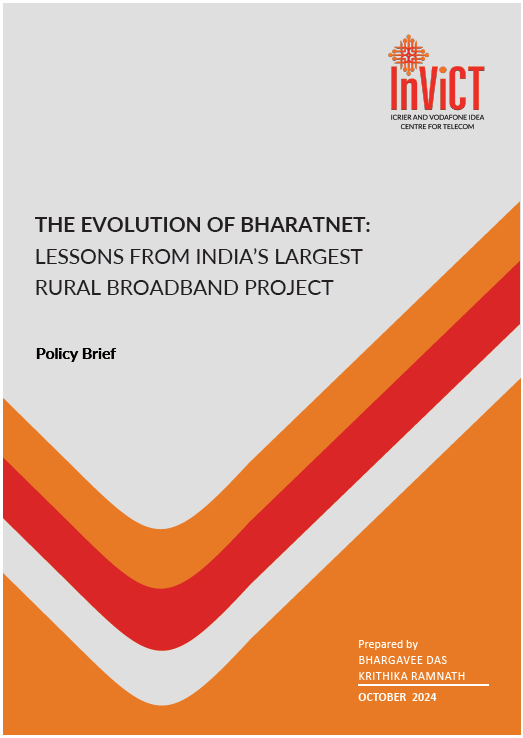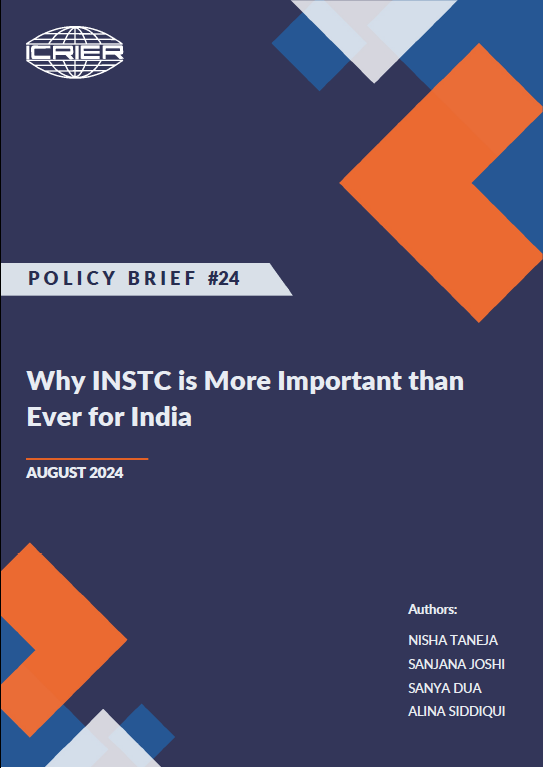
The BharatNet project was launched in 2011 with the primary objective of bringing affordable and high-quality broadband services to the rural and remote regions of India. The project accelerated after several initial hiccups. The roll out of Bharat Net was catalysed by the introduction of new guidelines that permitted flexibility in implementation models. However, in order to sustain this momentum, continued policy focus will be necessary.
This policy brief traces the history of BharatNet and elaborates on five lessons that will help the programme achieve its stated objectives. Firstly, using a programmatic approach that focuses on infrastructure provisioning, network utilization and monetisation. Secondly, fostering flexible implementation models that are administratively coordinated and backed by financial support. Thirdly, using a combination of technologies that can boost implementation in far-flung areas. Fourthly, strengthening project monitoring and accountability mechanisms and finally customising interventions for NE and other backward regions. These recommendations also aligned with the new rules for Digital Bharat Nidhi defined in the Telecommunications Act, 2023.





